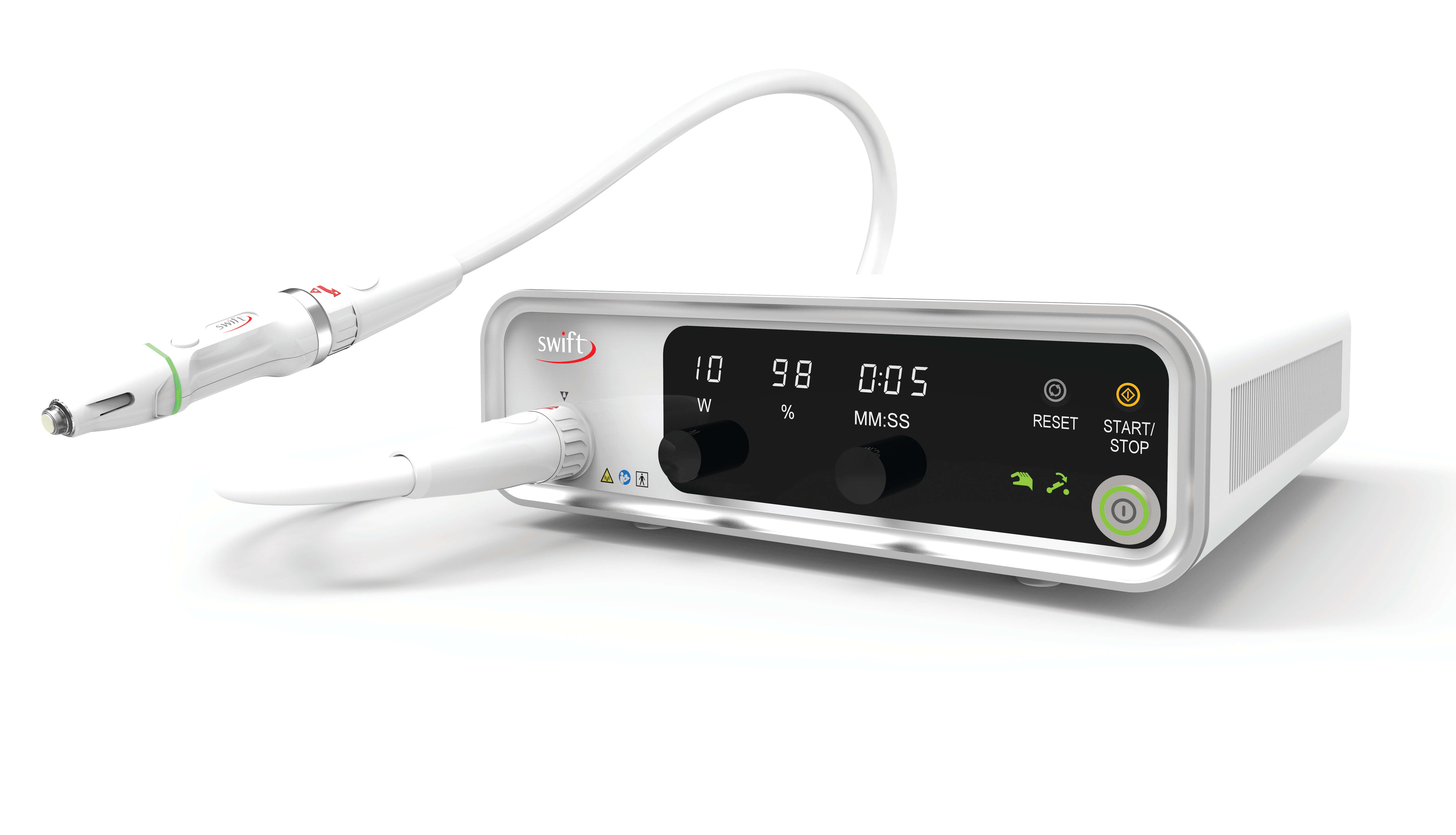
Diabetes affects the body's ability to maintain healthy levels of sugar (glucose) in the blood. Our bodies require the glucose we absorb from food in conjunction with optimal functioning insulin (hormone) to covert into energy to fuel your body. People with diabetes do not produce insulin or not enough needed to complete the conversion process. For both type 1 and 2, diabetics have malfunctioning insulin which results in uncontrolled, high or low blood sugar levels due to issues with processing glucose. If these blood sugar levels are uncontrolled for prolonged periods of time it can result in long term complications not only affecting the feet but other parts of the body as well.
Poor glucose control generally causes two main complications in the feet:
If nerve damage occurs, you may experience some of the following symptoms in your feet:
If you do not address these symptoms and control your blood glucose levels, it is highly possible you will lose all feeling in your feet, starting with your toes. This is very dangerous as you will no longer be able to feel pain.
If your feet are not getting adequate blood flow, you may experience some of the following symptoms:
Reduced blood flow to the feet and legs means that your tissues are not receiving the necessary oxygen and nutrients. This can impact your body's ability to heal cuts or abrasions, and fight secondary infections that may occur at the wound site.
With reduced or no feeling in your feet and or reduced circulation you are at a greater risk of developing a foot ulcer from cuts, grazes and pressure points on your feet. These ulcers are vulnerable to infection and if left untreated or poorly managed they can lead to surgical intervention.
Diabetic assessments involve examination of the neurological, vascular, musculoskeletal, and dermatological systems of the feet and legs to determine your diabetic foot risk status of developing a foot ulcer or complication.
Your diabetic foot risk can be classified as:
Your foot risk status determines how our podiatrists can best implement a management plan for prevention of diabetic foot ulcers and complications. Unfortunately the higher your risk of ulceration the more frequently assessments and care is required.
Outcomes from a diabetic foot assessment include:
At The Feet People, our Brisbane based podiatrists offer comprehensive diabetic assessments and ongoing general nail and skincare that are in line with the:
1. Diabetic Assessment
During this initial appointment, the podiatrist will use the following validated assessment tools to establish a foot risk status:
Once a foot risk status is determined, the podiatrist may make recommendations based on the results. This may include recommendations for footwear modifications and orthotics to reduce high plantar pressure sites that are at risk of ulceration.
Recommendations are made to help you achieve your goal and follow up appointments are scheduled based on your specific needs and desired outcomes.
2. Ongoing diabetic dermatological management appointments
In this consultation, we continue to screen for skin cancers and other skin and nail pathology.
General foot and nail care is also provided to keep your feet in tip-top shape. These appointments are commonly recurring appointments from four (4) to eight (8) weeks apart.
Visit one of our Brisbane Podiatry clinics
If you would like to talk to one of our team, visit us at one of two Brisbane based locations, CBD
& Newmarket.

Shockwave is a new and advanced, non-invasive treatment for painful foot and leg problem like plantar fasciitis, Achilles tendinopathy, shin
splints, knee pain & more.

Swift uses medical microwave technology that is highly effective in resolving warts and verrucae. Some of the benefits include fast
treatment time, no anaesthetic, no dressings and no pain post treatment.

Do you have a fungal nail infection? We recommend photodynamic therapy (PACT) as a great alternative to traditional nail lacquers and oral
medications. It is a safe, effective, and pain-free treatment for your fungal nail issues.
| Monday | 7:40am - 6:00pm |
| Tuesday | 7:40am - 6:00pm |
| Wednesday | 7:40am - 6:00pm |
| Thursday |
7:40am - 6:00pm |
| Friday | TEMP CLOSED |
| Saturday | CLOSED |
| Sunday | CLOSED |
Ground Floor, 344 Queen Street,
Brisbane City QLD 4000
| Monday | 7:40am - 6:00pm |
| Tuesday | 7:40am - 6:00pm |
| Wednesday | 7:40am - 6:00pm |
| Thursday |
7:40am - 6:30pm |
| Friday | 7:40am - 5:00pm |
| Saturday | 7:40am - 4:30pm |
| Sunday | CLOSED |
Newmarket Village, 114/400 Newmarket Rd, Newmarket QLD 4051